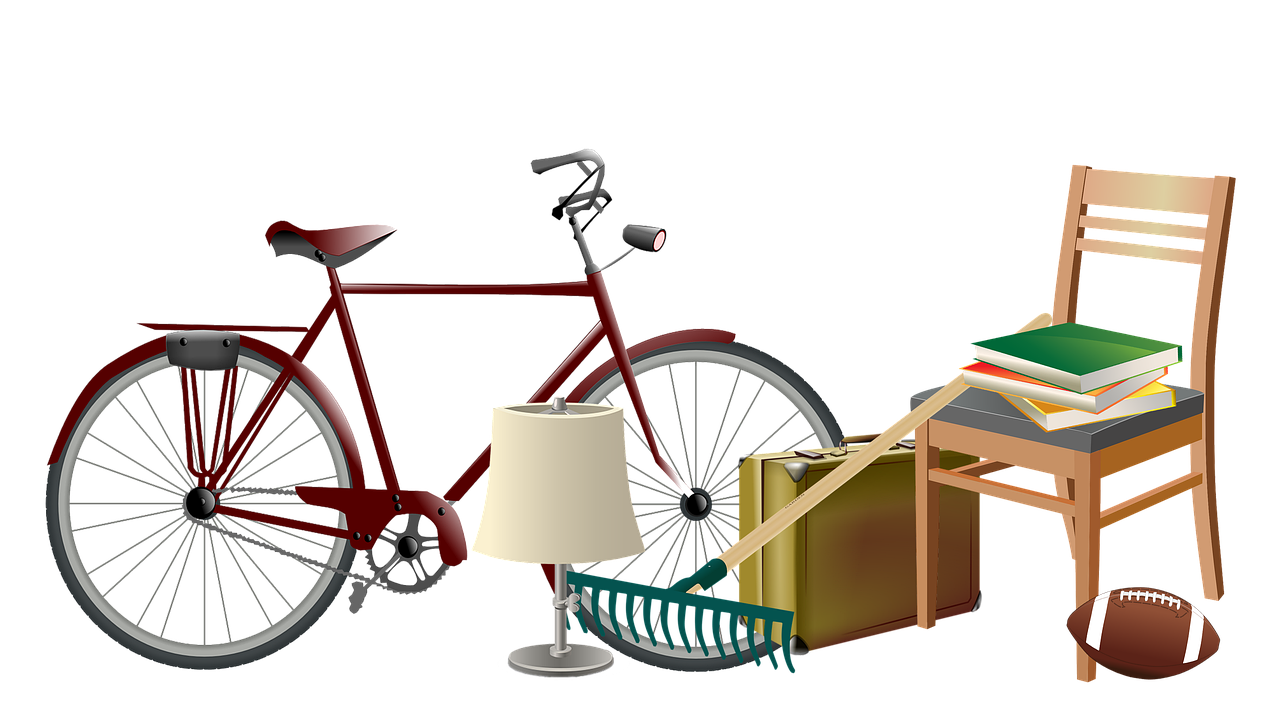Maximizing Value When You Sell Your Meat Mincer, Grinder, or Sausage Stuffer
Selling specialized kitchen or butchery equipment, such as a meat mincer head, electric grinder, or dedicated sausage stuffer, requires a strategic approach far beyond a simple classified listing. To achieve the highest possible return, sellers must focus on presentation, accurate valuation, and targeting the right audience—whether they are home enthusiasts, small-scale hunters, or commercial operations.
This comprehensive guide details the necessary steps to successfully sell meat mincer sausage stuffer equipment, ensuring compliance with buyer expectations for cleanliness and functionality in the current market.
Understanding Your Equipment: Grinder Types and Valuation Factors
Before listing your equipment, a thorough understanding of its specifications and condition is paramount. Buyers are looking for precise details, especially regarding capacity and compatibility.
Assessing Condition and Functionality
The primary factor influencing the resale price is the equipment’s operational status. A machine that is fully functional, runs quietly, and has minimal cosmetic damage will command a premium. Documenting the machine in operation (via video or detailed photos) can significantly increase buyer confidence.
- Operational Status: Confirm the motor (if electric) runs smoothly without overheating or unusual noises. Test the stuffer mechanism for smooth plunger action.
- Wear and Tear: Inspect gears, bushings, and seals. Excessive wear on these internal components suggests high usage and may necessitate a lower price.
- Material Integrity: Check for rust, pitting, or corrosion, especially on cast iron or non-stainless steel parts. Stainless steel models, known for their durability and ease of sanitation, typically hold their value better.
Identifying Key Components (Mincer Head, Plates, Knives)
The value of a meat grinder is often tied to the completeness and quality of its accessories. The mincer head, plates, and knives are consumable items that buyers often need to replace.
Ensure you list all included parts, detailing their size (e.g., #8, #12, #22) and material. If the plates and knives are recently sharpened or new, highlight this feature. Missing or damaged components, particularly the feed screw or locking ring, must be disclosed, as they can be costly to replace.
For those selling universal attachments, clearly state compatibility, such as whether it is designed for a specific stand mixer or a standard commercial hub. Understanding the components is also crucial for maintenance, as detailed in our guide on [universal meat grinder guide parts restoration](https://meatgrinderhelp.com/universal-meat-grinder-guide-parts-restoration
Last Updated on October 14, 2025 by Robert Vance

